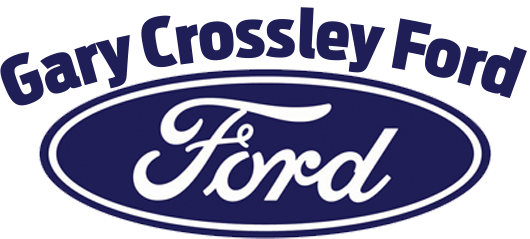On August 13th, 1941, a groundbreaking moment in the history of the automotive industry took place at the Dearborn Days annual community festival, today known as the Dearborn Homecoming Festival held at Ford Park in Dearborn Michigan. The visionary automobile manufacturer, Henry Ford, unveiled an extraordinary creation – the “Soybean Car.” This innovative vehicle was a revolutionary step towards sustainability and marked the beginning of using alternative materials in car manufacturing. Let’s explore the fascinating story behind this plastic-bodied car and its significance in the realm of automotive history.
Henry Ford's Vision for Sustainability
Henry Ford, the pioneering founder of the Ford Motor Company, was not only known for revolutionizing mass production through the assembly line but also for his vision to create sustainable products. The rise of the automobile industry in the early 20th century brought concerns about natural resource depletion and environmental impact. Ford, always one to embrace innovation, sought to address these issues by exploring alternative materials for car construction.

Enter the Soybean Car
Henry Ford’s passion for exploring new materials led him to experiment with agricultural products. During the late 1930s and early 1940s, soybeans were gaining popularity as a versatile and sustainable crop. Ford saw the potential of soybean-based plastics to replace traditional metal materials in car manufacturing, reducing the vehicle’s weight and conserving precious resources.
Ford’s team of engineers, in collaboration with a United States chemical company, developed a plastic made from soybean oil and other natural fibers. This soy-based plastic was not only lightweight but also biodegradable, a novel concept in the automotive industry of the time.

Unveiling the Soybean Car
The Dearborn Days festival was an annual celebration in Dearborn, Michigan, where Ford’s manufacturing plants were located. It offered a perfect platform for Henry Ford to showcase his latest innovation. On August 13th, 1941, amid great anticipation, Ford proudly unveiled the “Soybean Car” to the world.
The car’s body was entirely constructed using soy-based plastic, a stark departure from the traditional steel frames that dominated the automobile market. This breakthrough caught the attention of both the public and the press, who hailed it as a significant step forward in sustainable manufacturing.
The Legacy of the Soybean Car
While the “Soybean Car” generated much excitement and optimism for a greener future, its impact on the automotive industry was more limited than anticipated. World War II broke out shortly after the unveiling, redirecting the nation’s focus and resources towards the war effort. As a result, the production of the soy-based plastic was put on hold, and the “Soybean Car” remained an experimental prototype.
Nonetheless, Ford’s vision for sustainability continued to influence the automotive industry. Over the years, advancements in materials science and environmental consciousness have led to a resurgence of interest in sustainable car manufacturing. Today, car manufacturers are actively exploring and incorporating renewable materials like bamboo, hemp, and recycled plastics into vehicle production.





